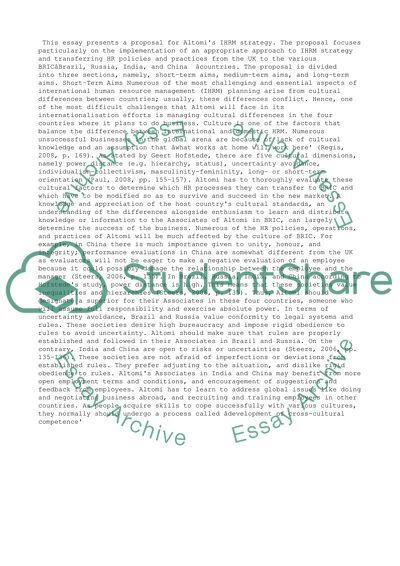Cite this document
(“Altomi Associates: Developing an International Human Resource Essay”, n.d.)
Retrieved from https://studentshare.org/management/1403789-altomi-associates-developing-an-international-human-resource-management-ihrm-strategy
Retrieved from https://studentshare.org/management/1403789-altomi-associates-developing-an-international-human-resource-management-ihrm-strategy
(Altomi Associates: Developing an International Human Resource Essay)
https://studentshare.org/management/1403789-altomi-associates-developing-an-international-human-resource-management-ihrm-strategy.
https://studentshare.org/management/1403789-altomi-associates-developing-an-international-human-resource-management-ihrm-strategy.
“Altomi Associates: Developing an International Human Resource Essay”, n.d. https://studentshare.org/management/1403789-altomi-associates-developing-an-international-human-resource-management-ihrm-strategy.


